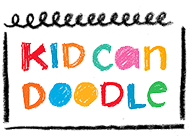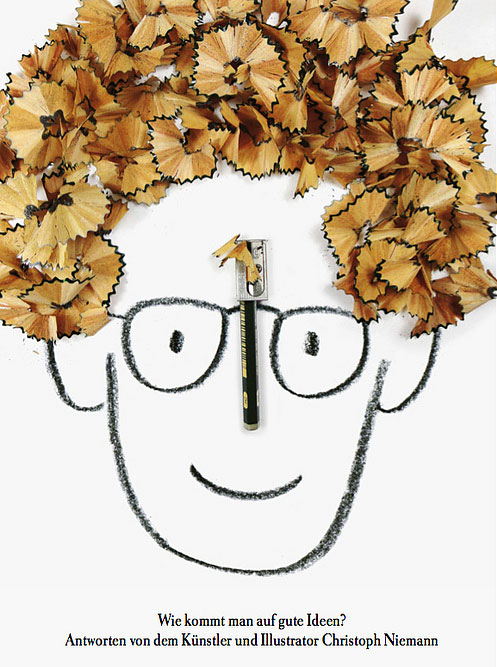Have you been inspired by autumn? I have! It’s hard not to be, when I see all the gorgeous golds, reds, or oranges brightening the trees, and now carpeting the ground. I’ve been thinking of different ways to draw with leaves. Leaves make great subjects for doodle studies, because they are
- easy-to-find
- portable
- come in different colors and shapes
- simple & complex — good for all ages and abilities
- they’re a perfect excuse to go on a scavenger hunt
Go for a walk in your backyard or nearby park. Try to find leaves in as many different shapes and sizes as possible. If there aren’t many varieties in your area, look for variations within the same tree. See if you can find at least 10 different kinds.
Doodling with Leaves : 5 Ways to Draw
1. Contour Color Layering
You will need different colored-pencils or pens. Start with the simplest leaf shapes and advance each time to a more complicated one. Look at the edges — are they smooth or jaggedy? Are they curved or pointy? Are they symmetrical?
Doodle each leaf shape as an outline in a different color. Layer one shape over another shape like this, until you have a nice composition:
Alternatively, younger doodlers can trace the leaves to compose your design.
2. Mapping the Leaves
This drawing requires a bit more patience and observation of the lines on the leaf. Lightly sketch the outline of the leaf (or use a light colored-pencil as I did). Then, notice the lines running through the leaves, called veins. When you start drawing the veins, they start to resemble roads or rivers on a map. Do the lines go up or down from the petiole to the tip of the leaf?
If you’re an advanced doodler, you can spend more time and add more detail and shading. Try drawing several shapes, too, until you fill a page with doodled leaves.
3. Leaf Rubbings
Choose a leaf, a blank page, and several colored-pencils. Turn the leaf over to the (back)side where the veins protrude more from the surface, and place on a flat surface or table with this side facing up. Put your piece of paper on top, covering the leaf. Take a sharpened pencil, and, using the side (not point) of the lead, rub or color the page, revealing the lines of the leaf. It’s magic — I love seeing the leaf appear as you color. Move or turn the page slightly, and rub again with another color. Repeat a few times, layering the texture and colors:
Variation: Paint the surface of the leaf, and then press the painted side onto a sheet of paper, transferring the color. You may need to experiment with the amount of paint needed to get an impression, without making it too goopy.
4. Fill in the Blanks
This might be a good exercise after you’ve done number 1 or 2, and you’ve had the chance to study the leaves a bit. Find a damaged leaf, or one that has missing parts. Draw the leaf, carefully filling in the blanks.
5. Doodle Collage
Choose a leaf and affix it to a blank page. Add a doodle, using the leaf as your inspiration. This is one of our favorite techniques here on kid can doodle: see how Moomooi, Claudi Kessels, and Christoph Niemann doodle with nature. Here’s a couple of examples of what I did:
Have fun!
Hope you inspired to try a few leaf studies of your own! Hurry, before they all fall off the trees!
Follow my blog with Bloglovin















